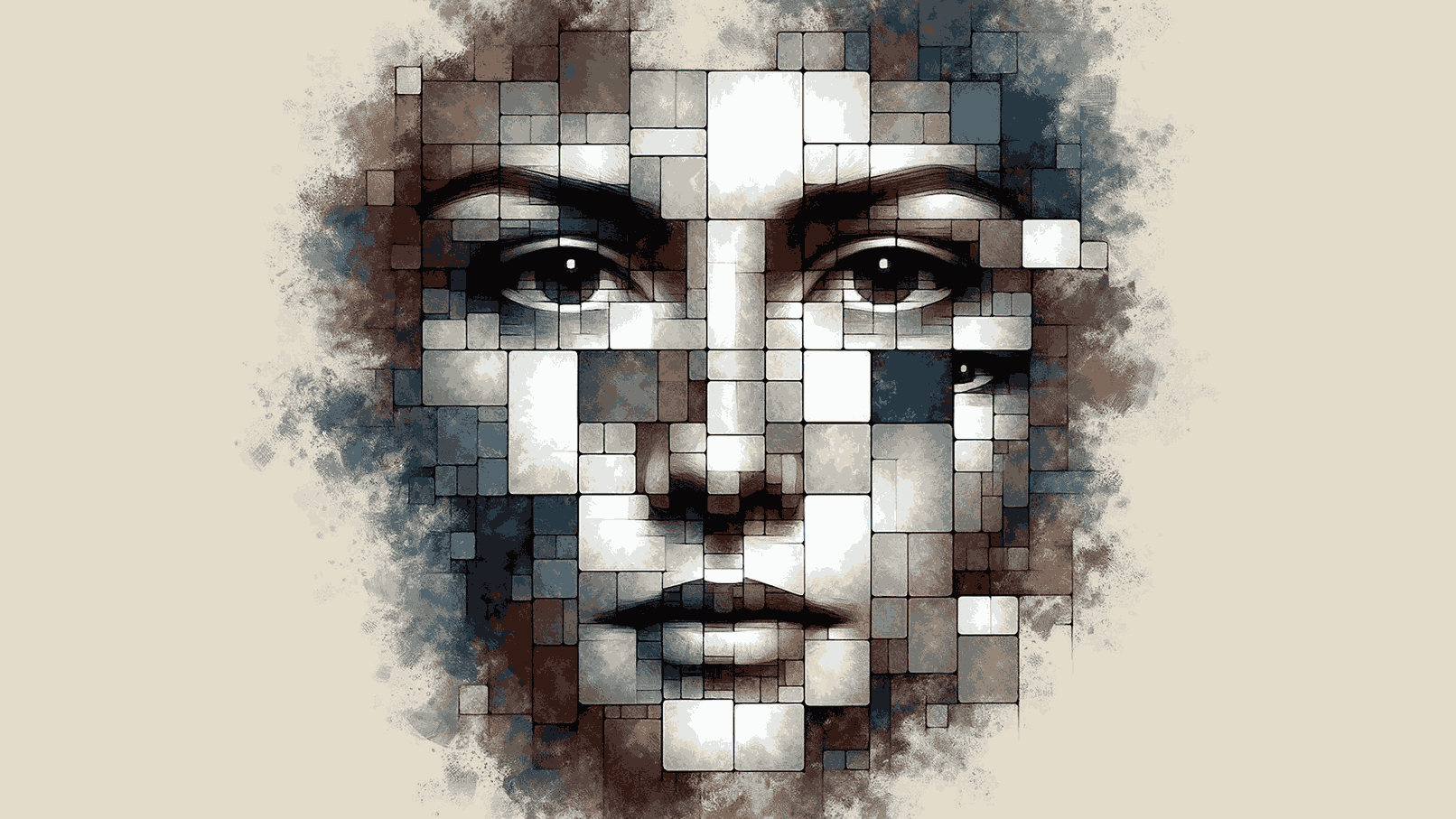Introduction
In the digital age, artificial intelligence (AI) has revolutionized how we create and consume media. One of the most controversial advancements is AI-generated deepfakes—hyper-realistic synthetic media that can manipulate audio, video, and images to make it appear as though someone is saying or doing something they never did. While deepfake technology has legitimate uses in entertainment and education, its potential for impersonation, misinformation, and fraud raises serious ethical and security concerns.
This blog explores the rise of deepfakes, how they are created, their implications, and the measures being taken to combat malicious use.
What Are Deepfakes?
Deepfakes are AI-generated synthetic media where a person’s likeness is replaced or manipulated to create realistic but fake content. The term “deepfake” combines “deep learning” (a subset of AI) and “fake.” Using generative adversarial networks (GANs) and other machine learning techniques, deepfake algorithms analyze and replicate facial expressions, voice patterns, and body movements with frightening accuracy.
How Deepfakes Are Created
- Data Collection – The AI model requires thousands of images or hours of audio/video footage of the target person.
- Training the Model – Using deep learning, the AI studies facial features, voice tonality, and mannerisms.
- Generating the Fake Content – The AI superimposes the target’s face onto another person’s body or alters their speech.
- Refinement – Post-processing tools enhance realism, making detection difficult.
Popular tools for creating deepfakes include DeepFaceLab, FaceSwap, and Wav2Lip.
The Dual Nature of Deepfake Technology
Positive Applications
- Entertainment – De-aging actors in films (e.g., The Irishman), reviving deceased performers.
- Education – Historical figures “speaking” in classrooms.
- Accessibility – Voice synthesis for people with speech impairments.
Malicious Uses
- Political Disinformation – Fake videos of leaders making false statements.
- Revenge Porn – Non-consensual explicit content.
- Financial Fraud – CEOs impersonated in fake videos to manipulate stocks.
- Social Engineering Scams – Fake calls from “relatives” asking for money.
The Dangers of Deepfake Impersonation
1. Erosion of Trust in Media
As deepfakes become more convincing, distinguishing real from fake becomes harder, leading to widespread distrust in news and video evidence.
2. Cybersecurity Threats
- Voice Cloning Attacks – Scammers mimic voices to bypass biometric security.
- Fake Evidence in Court – Manipulated videos could wrongly influence legal outcomes.
3. Reputation Damage
Public figures, journalists, and ordinary individuals can be targeted with defamatory deepfakes, ruining careers and personal lives.
4. National Security Risks
Fake videos of military actions or political leaders could spark conflicts or manipulate elections.
Detecting and Combating Deepfakes
1. AI-Based Detection Tools
- Microsoft’s Video Authenticator – Analyzes videos for subtle artifacts.
- Deepware Scanner – Detects deepfake videos using neural networks.
- Intel’s FakeCatcher – Identifies blood flow inconsistencies in videos.
2. Blockchain for Media Verification
Some platforms use blockchain timestamps to verify original content.
3. Legislation and Policies
- U.S. DEEPFAKES Accountability Act – Mandates labeling synthetic media.
- EU’s AI Act – Regulates high-risk AI applications, including deepfakes.
4. Public Awareness & Media Literacy
Educating people on how to spot deepfakes (unnatural blinking, distorted edges, inconsistent lighting) can reduce their impact.
The Future of Deepfakes
As AI improves, deepfakes will become nearly indistinguishable from reality. This demands:
- Stronger detection AI (likely an ongoing arms race).
- Stricter regulations on synthetic media creation.
- Ethical guidelines for AI developers.
Conclusion
AI-generated deepfakes represent a double-edged sword—offering innovation while posing unprecedented risks. The key challenge is balancing technological progress with safeguards against misuse. As detection methods evolve, so will deepfake sophistication, making public awareness, legal frameworks, and AI ethics critical in mitigating harm.
The battle against deepfake impersonation is just beginning, and society must stay vigilant to protect truth and identity in the digital realm.

